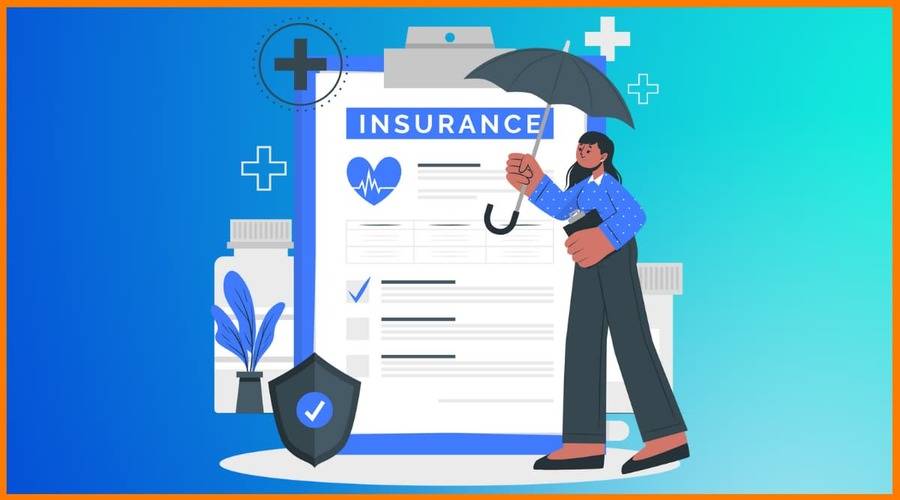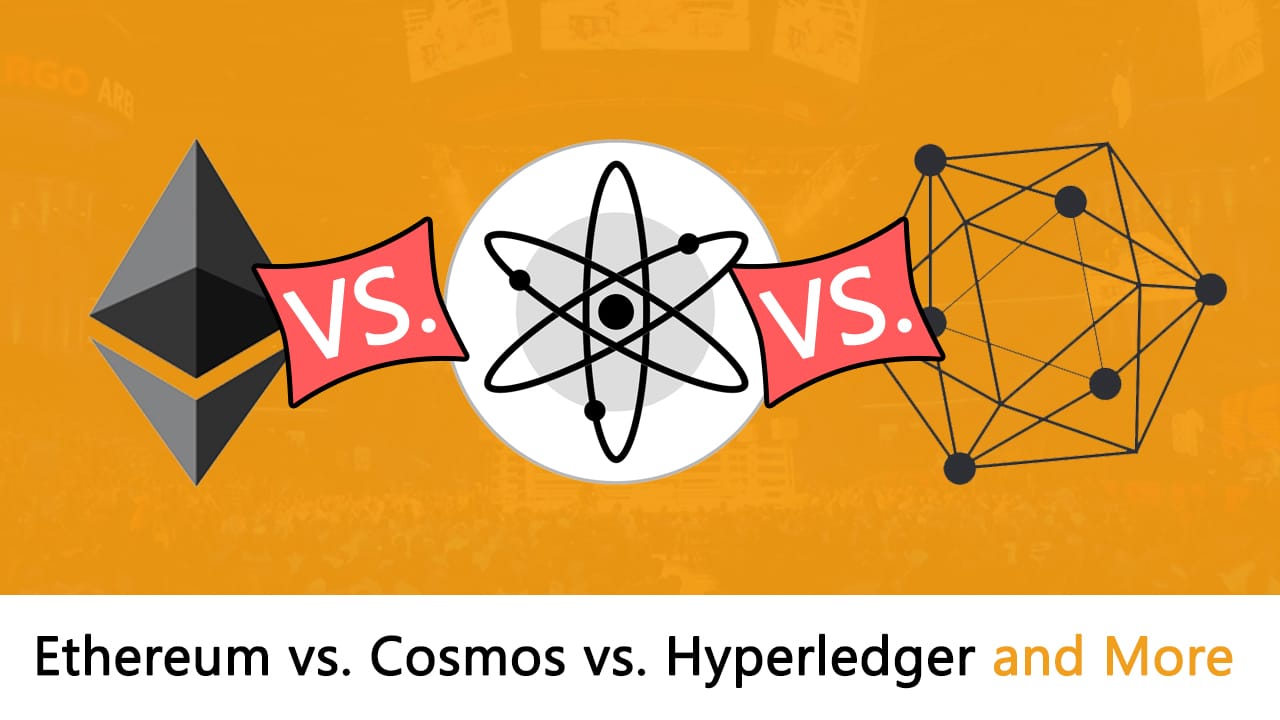In today’s rapidly evolving digital landscape, the insurance industry is constantly seeking innovative solutions to enhance efficiency, transparency, and security. Two technologies that have gained significant attention in recent years are blockchain and the Internet of Things (IoT). When combined, blockchain and IoT have the potential to revolutionize the insurance industry by improving risk assessment and claims processing. This article explores the intersection of blockchain and IoT, and how their integration can transform the insurance landscape.
Introduction
The insurance industry traditionally relies on manual processes and paperwork, which can be time-consuming, prone to errors, and lacking transparency. However, with the advent of blockchain technology and the proliferation of IoT devices, insurers have the opportunity to revolutionize their operations and provide enhanced services to policyholders.
Understanding Blockchain Technology
Blockchain is a decentralized and immutable ledger that enables secure and transparent transactions without the need for intermediaries. It allows multiple parties to maintain a shared database, ensuring consensus and eliminating the risk of fraud or tampering. Each transaction, or “block,” is linked to the previous one, forming a chain of records that cannot be altered retroactively.
The Internet of Things (IoT) in Insurance
The IoT refers to a network of interconnected devices embedded with sensors, software, and connectivity capabilities. In the insurance industry, IoT devices such as telematics devices, smart sensors, and wearables collect and transmit valuable data in real-time. This data provides insurers with a wealth of information regarding policyholders’ behavior, habits, and risks.
Benefits of Combining Blockchain and IoT in Insurance
When blockchain and IoT are integrated, they offer several benefits to the insurance industry:
- Enhanced Data Accuracy and Trust:
- Immutable nature of blockchain ensures data integrity and prevents tampering or manipulation.
- IoT devices collect real-time data, which is securely recorded on the blockchain, ensuring the accuracy and reliability of information.
- Streamlined Data Exchange:
- Blockchain enables secure and efficient data sharing among multiple parties without the need for intermediaries.
- Eliminates the need for manual paperwork and reduces administrative costs.
- Improved Risk Assessment:
- Real-time data collected from IoT devices provides insurers with valuable insights into policyholders’ behavior, habits, and risks.
- Enables accurate assessment of risks, leading to more precise underwriting decisions and personalized insurance coverage.
- Efficient Claims Processing:
- Transparency and automation capabilities of blockchain facilitate faster and more accurate claims processing.
- Smart contracts on the blockchain automate claims verification, approval, and payment, reducing the need for manual intervention.
- Fraud Reduction:
- Blockchain’s immutability and transparency make it difficult for fraudulent claims to go undetected.
- Real-time data from IoT devices enables accurate verification of events and losses, reducing the risk of fraudulent activities.
- Cost Savings:
- Elimination of intermediaries and streamlined processes result in cost savings for insurers.
- Reduced fraud and more efficient operations contribute to lower costs, which can be passed on to policyholders.
- Improved Customer Experience:
- Faster claims processing and personalized coverage enhance customer satisfaction.
- Transparency and trust established through blockchain technology instill confidence in policyholders.
- New Insurance Models:
- Combination of blockchain and IoT enables the development of innovative insurance models such as usage-based insurance and parametric insurance.
- These models offer more tailored coverage and pricing based on real-time data.
- Regulatory Compliance:
- Blockchain’s transparency and auditability assist insurers in meeting regulatory requirements.
- Immutable records on the blockchain provide a verifiable trail of transactions and compliance-related activities.
- Long-Term Cost Reduction:
- Reduced fraud, streamlined processes, and improved risk assessment lead to long-term cost reduction for insurers.
- This can result in more affordable insurance premiums for policyholders.
In summary, the integration of blockchain and IoT in the insurance industry brings numerous benefits, including enhanced data accuracy, streamlined operations, improved risk assessment, efficient claims processing, reduced fraud, cost savings, improved customer experience, new insurance models, regulatory compliance, and long-term cost reduction. These advantages pave the way for a more efficient and customer-centric insurance landscape.

Enhancing Risk Assessment with Blockchain and IoT
The integration of blockchain and IoT allows insurers to access real-time data on policyholders’ behavior, assets, and environmental conditions. This data can be used to assess risks more accurately and offer personalized insurance coverage. For example, in auto insurance, telematics devices installed in vehicles collect data on driving behavior, such as speed, acceleration, and braking patterns. Insurers can utilize this information to offer usage-based insurance, where premiums are based on actual driving habits.
Streamlining Claims Processing with Blockchain and IoT
The traditional claims process in insurance can be lengthy and complex. However, by leveraging blockchain and IoT, insurers can automate and streamline the claims process, resulting in faster and more efficient settlements. IoT devices can provide real-time data on accidents, damages, or losses, which can be securely recorded on the blockchain. Smart contracts, self-executing agreements stored on the blockchain, can automate claims verification, approval, and payment, eliminating the need for manual intervention.
Addressing Challenges and Concerns
While the integration of blockchain and IoT holds immense potential for the insurance industry, there are challenges and concerns that need to be addressed. These include data privacy and security, interoperability of different blockchain platforms, regulatory compliance, and the need for industry-wide collaboration to establish standards and frameworks.
Real-World Applications of Blockchain and IoT in Insurance
- Property Insurance:
- IoT sensors monitor environmental conditions, such as temperature and humidity, in insured properties.
- Data from these sensors is securely recorded on the blockchain, reducing the risk of damage and enabling accurate claims assessment.
- Health Insurance:
- Wearable devices and health trackers collect data on policyholders’ lifestyle, activity levels, and vitals.
- Insurers leverage this data to offer personalized coverage, promote healthy behaviors, and manage risks more effectively.
- Auto Insurance:
- Telematics devices installed in vehicles gather real-time data on driving behavior, including speed, acceleration, and braking patterns.
- Insurers use this information to offer usage-based insurance, where premiums are based on actual driving habits, incentivizing safer driving practices.
- Supply Chain Insurance:
- Blockchain tracks the movement of goods throughout the supply chain, ensuring transparency and reducing fraud.
- Smart contracts automate the claims settlement process in case of loss or damage, expediting the resolution and reducing paperwork.
- Parametric Insurance:
- IoT devices, such as weather stations or seismic sensors, provide real-time data on environmental conditions.
- Smart contracts trigger automatic payouts based on predefined parameters, such as weather events or seismic activity, reducing the time and effort required for claims processing.
- Crop Insurance:
- IoT sensors and drones capture data on crop health, soil moisture levels, and weather conditions.
- Insurers leverage this data to assess crop risks, estimate yield, and offer customized coverage to farmers, improving accuracy in underwriting and claims settlement.
- Marine Insurance:
- IoT devices installed on ships and cargo containers collect data on location, temperature, humidity, and other variables.
- This data is securely recorded on the blockchain, providing insurers with real-time insights into the condition and whereabouts of insured assets.
- Travel Insurance:
- IoT devices, such as smartwatches or activity trackers, gather data on policyholders’ physical activities and location.
- Insurers use this data to offer personalized coverage and risk management services, adapting premiums based on actual travel patterns and activities.
- Claims Verification and Fraud Detection:
- Blockchain and IoT enable secure and transparent claims verification processes, reducing the risk of fraudulent activities.
- Real-time data from IoT devices assists in accurate event verification and reduces the possibility of false or exaggerated claims.
- Reinsurance:
- Blockchain enables secure and efficient data sharing among reinsurers, primary insurers, and brokers.
- This improves data accuracy, streamlines underwriting processes, and facilitates seamless information exchange within the reinsurance ecosystem.
These real-world applications demonstrate the potential of blockchain and IoT in revolutionizing various aspects of the insurance industry. By leveraging these technologies, insurers can enhance transparency, efficiency, risk assessment, and claims processing, ultimately improving customer experience and driving industry-wide innovation.
Future Outlook
The future of blockchain and IoT in the insurance industry looks promising. As technology continues to advance, we can expect more sophisticated applications and integrations. The combination of blockchain, IoT, artificial intelligence, and data analytics will revolutionize risk assessment, claims processing, fraud detection, and customer experience in the insurance sector.
Conclusion
Blockchain and IoT present a compelling opportunity for the insurance industry to enhance risk assessment and claims processing. By leveraging the decentralized and transparent nature of blockchain and the real-time data collected from IoT devices, insurers can streamline their operations, provide personalized coverage, and improve overall customer satisfaction. As the technology matures and adoption increases, we can anticipate a significant transformation in the insurance landscape.
FAQs
1. Are blockchain and IoT widely adopted in the insurance industry?
While blockchain and IoT are gaining traction in the insurance sector, widespread adoption is still in its early stages. However, many insurers are exploring and implementing pilot projects to harness the potential benefits of these technologies.
2. How does the integration of blockchain and IoT improve risk assessment?
By accessing real-time data from IoT devices, insurers can gain deeper insights into policyholders’ risks, allowing for more accurate underwriting and tailored insurance coverage. This leads to better risk assessment and pricing models.
3. What are some challenges in integrating blockchain and IoT in insurance?
Challenges include data privacy and security concerns, interoperability of different blockchain platforms, regulatory compliance, and the need for industry-wide collaboration to establish standards and frameworks.
4. Can blockchain and IoT reduce insurance fraud?
Yes, the combination of blockchain and IoT can significantly reduce insurance fraud. The immutability and transparency of blockchain make it difficult for fraudulent claims to go undetected, while real-time data from IoT devices enables accurate verification of events and losses.
5. How will blockchain and IoT shape the future of insurance?
Blockchain and IoT, along with other emerging technologies like artificial intelligence and data analytics, will transform risk assessment, claims processing, fraud detection, and customer experience in the insurance industry. Insurers will be able to provide more personalized coverage, streamline operations, and improve overall efficiency.
I’m a best-selling author and leading authority in the world of cryptocurrency. I have been involved in the crypto community since 2012 and have helped numerous startups and organizations on blockchain strategy. I am a regular contributor to Forbes and CoinDesk, and my work has been featured in The Wall Street Journal, Bloomberg, Reuters, and other major media outlets. In addition to writing for publications, I am also a sought-after speaker on cryptocurrency and blockchain technology niches respectively.



![What is Ethereum? [The Most Updated Step-by-Step-Guide!]](https://therobusthealth.com/wp-content/uploads/2020/05/whatiseth.jpg)
